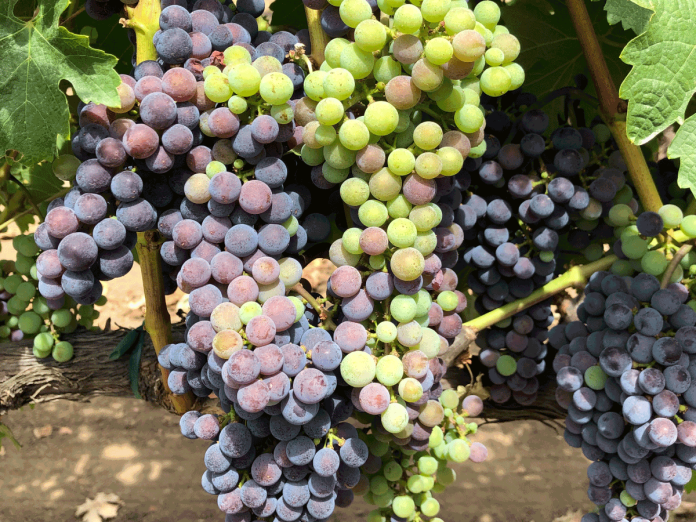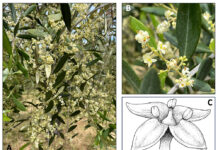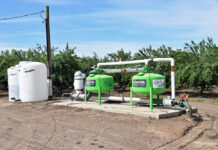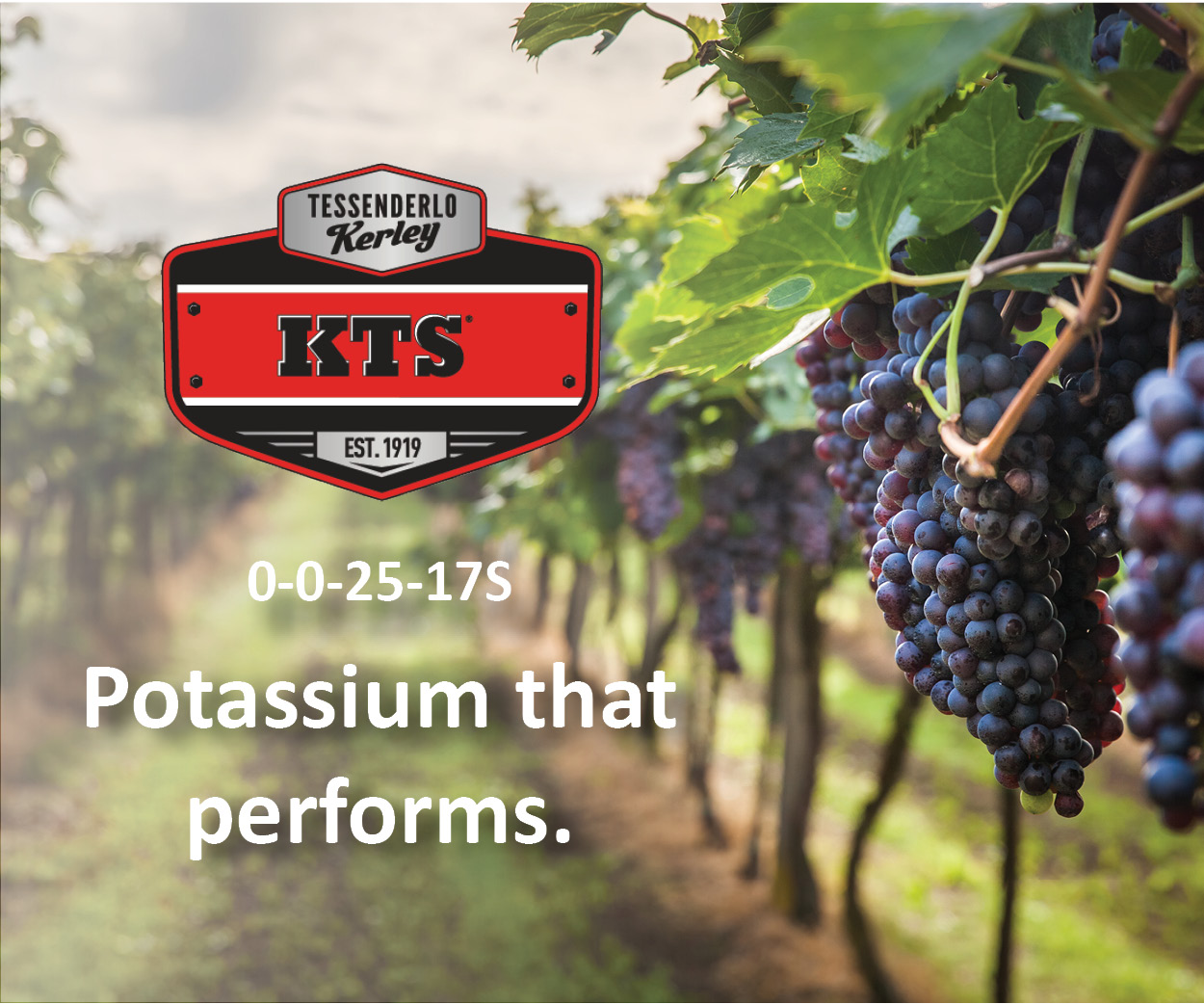
Nutrition is an important part of managing a wine grape vineyard since it impacts vine growth, crop yield, berry composition and, ultimately, wine quality.
Grape variety, rootstock, vine age, soil type and irrigation supply along with yield and production and quality expectations all figure into a summer nutrition program.
Dr. Raj Madam, branded technologies manager for Wilbur-Ellis Agribusiness, said applications of macronutrients, nitrogen, phosphorus, potassium and magnesium as well as application of micronutrients must be timed and delivered to match plant demands. Excess vegetative growth resulting from over-application of nitrogen can have a negative effect on sugars and berry color.
Vine function is affected when essential nutrients are not supplied. Severe nutritional deficiencies can be seen first in leaves. Unless corrected, the shoots, canes and fruit may also develop symptoms. Visual symptoms and leaf and soil analysis are all useful to evaluate nutritional status.
Dr. Madam said vines use 100 to 150 units of N per year, with 25 units per application. Applications of NPK are generally made just before bloom. This timing corresponds to a vine’s timing for N at fruit set just after bloom. Grapevines use nitrogen to build essential compounds including proteins, enzymes, amino acids, nucleic acids and pigments, including chlorophyll and anthocyanins of fruit.
Vine demand for potassium is highest during fruit ripening in mid- to late summer. Applications are often made after bloom when they serve to jumpstart enzymatic action including photosynthesis. Deficiency symptoms usually occur early into mid-summer, starting with color loss at leaf edges.
Vines use potassium to form sugars and starches for the synthesis of proteins and for cell division. Potassium also neutralizes organic acids and regulates the activity of other mineral nutrients in vines.
The form of potassium applied is also important for uptake by the vines, Dr. Madam said. The acetate form, such as the Wilbur-Ellis product Till-It® 70, is the most soluble for vine uptake, Dr. Madam said.
Magnesium is a micronutrient often overlooked in vineyard nutrient management, he added. It is the central component of the chlorophyll molecule, the green pigment responsible for photosynthesis in green plants. Magnesium also serves as an enzyme activator of a number of carbohydrate metabolism reactions.
Tissue sampling can be used to determine the vine’s nutrient status. Dr. Madam said there are wine grape vineyards where managers are vigilant about the nutritional status due to concerns with crop overload affecting quality. In Napa and Sonoma counties’ wine grape growing areas, he said four to five tons production per acre is a goal to ensure quality.
















